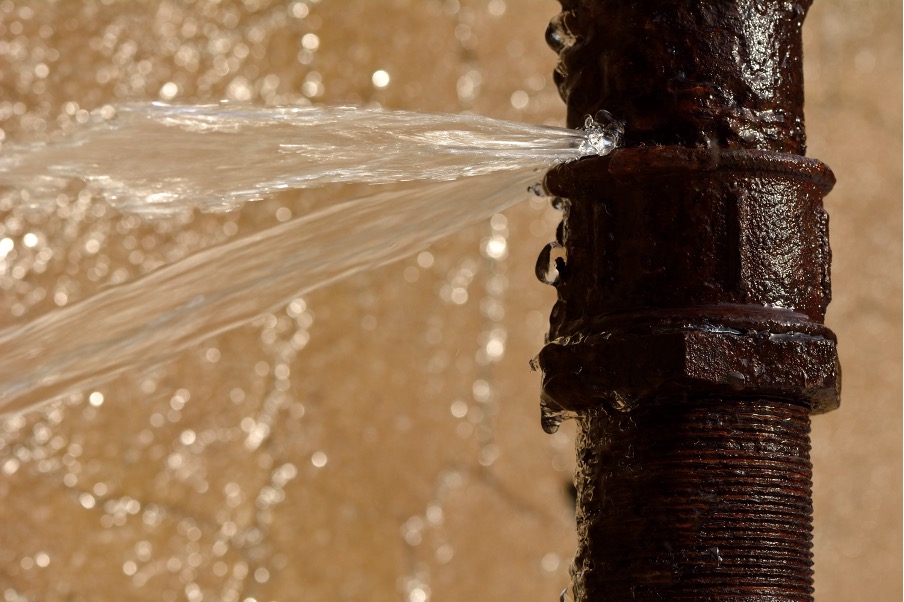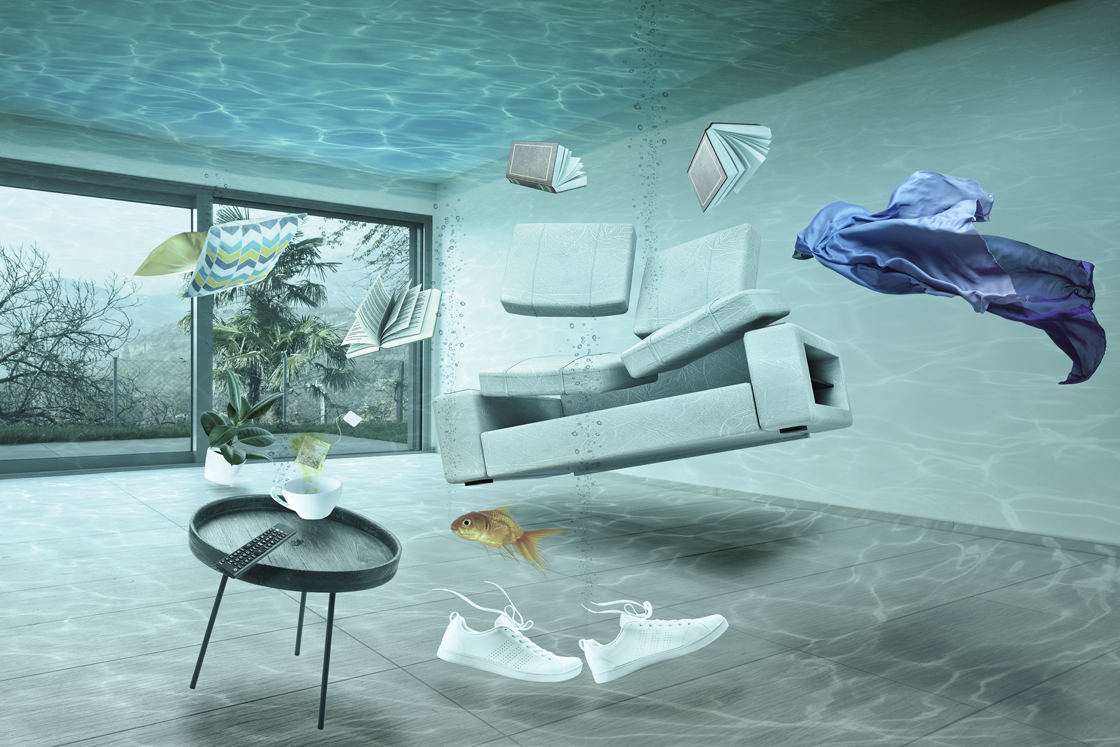Just about everyone has their unique perception with regards to Finding hidden leaks.

Early discovery of dripping water lines can reduce a potential calamity. Some little water leakages might not be noticeable.
1. Check Out the Water Meter
Every house has a water meter. Inspecting it is a surefire manner in which aids you find leaks. For starters, switch off all the water sources. Ensure no person will certainly flush, make use of the faucet, shower, run the cleaning maker or dishwashing machine. From there, most likely to the meter and also watch if it will transform. Considering that no person is using it, there need to be no movements. If it relocates, that indicates a fast-moving leakage. Also, if you discover no changes, wait an hour or two and also inspect back again. This means you may have a sluggish leak that can even be below ground.
2. Check Water Intake
Examine your water bills and track your water usage. As the one paying it, you must observe if there are any type of disparities. If you identify sudden changes, despite your intake being the same, it implies that you have leakages in your plumbing system. Bear in mind, your water bill ought to fall under the very same range every month. An abrupt spike in your expense indicates a fast-moving leakage.
A constant rise every month, even with the very same routines, shows you have a slow leakage that's likewise slowly escalating. Call a plumber to thoroughly check your residential or commercial property, specifically if you feel a cozy area on your flooring with piping below.
3. Do a Food Coloring Examination
When it concerns water intake, 30% comes from bathrooms. Examination to see if they are running correctly. Decrease specks of food shade in the container as well as wait 10 mins. If the color somehow infiltrates your bowl throughout that time without flushing, there's a leak in between the storage tank and dish.
4. Asses Outside Lines
Don't forget to check your exterior water lines also. Examination faucets by connecting a garden hose. Should water leak out of the connection, you have a loosened rubber gasket. Replace this as well as ensure all connections are limited. If you've obtained a lawn sprinkler, it will help get it expertly analyzed and maintained annually. One little leak can throw away tons of water and increase your water bill.
5. Assess the circumstance as well as examine
Home owners ought to make it a behavior to inspect under the sink counters and even inside cabinets for any bad odor or mold and mildew growth. These two red flags indicate a leakage so prompt interest is needed. Doing routine evaluations, even bi-annually, can save you from a major problem.
Inspect for discolorations and also deteriorating as a lot of home appliances as well as pipelines have a life span. If you suspect leaking water lines in your plumbing system, don't wait for it to escalate.
Early detection of dripping water lines can minimize a potential calamity. Some small water leaks might not be visible. Checking it is a surefire method that helps you discover leakages. One tiny leak can throw away heaps of water and surge your water expense.
If you presume leaking water lines in your plumbing system, do not wait for it to escalate.
WARNING SIGNS OF WATER LEAKAGE BEHIND THE WALL
PERSISTENT MUSTY ODORS
As water slowly drips from a leaky pipe inside the wall, flooring and sheetrock stay damp and develop an odor similar to wet cardboard. It generates a musty smell that can help you find hidden leaks.
MOLD IN UNUSUAL AREAS
Mold usually grows in wet areas like kitchens, baths and laundry rooms. If you spot the stuff on walls or baseboards in other rooms of the house, it’s a good indicator of undetected water leaks.
STAINS THAT GROW
When mold thrives around a leaky pipe, it sometimes takes hold on the inside surface of the affected wall. A growing stain on otherwise clean sheetrock is often your sign of a hidden plumbing problem.
PEELING OR BUBBLING WALLPAPER / PAINT
This clue is easy to miss in rooms that don’t get much use. When you see wallpaper separating along seams or paint bubbling or flaking off the wall, blame sheetrock that stays wet because of an undetected leak.
BUCKLED CEILINGS AND STAINED FLOORS
If ceilings or floors in bathrooms, kitchens or laundry areas develop structural problems, don’t rule out constant damp inside the walls. Wet sheetrock can affect adjacent framing, flooring and ceilings.
https://www.servicemasterbyzaba.com/blog/how-to-detect-water-leakage-in-walls/

I was shown that editorial on Locating water leaks from an associate on a different site. Enjoyed reading our write up? Please share it. Help someone else find it. We truly appreciate reading our article about Leaking water lines.
Click Here To Read More